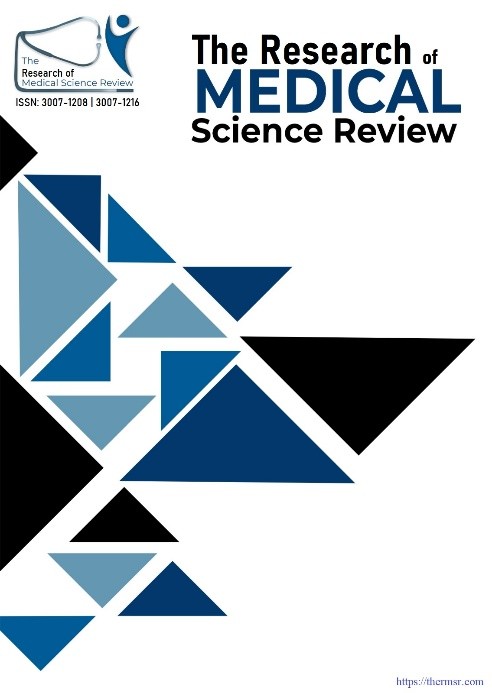COMPARATIVE OUTCOMES OF PRIMARY PERCUTANEOUS CORONARY INTERVENTION AND THROMBOLYTIC THERAPY IN STEMI PATIENTS: A SINGLE-CENTER ANALYSIS
Main Article Content
Abstract
Background: ST Elevation Myocardial Infarction is one type of myocardial infarction which has a severe course and it requires immediate treatment. Primary Percutaneous Coronary Intervention is considered now as the standard of care to treat ST Elevation Myocardial Infarction patients around the world because its outcomes are superior to those of the thrombolytics. Nonetheless, using the Primary Percutaneous Coronary Intervention in the developing countries has some economic and logistical issues and limitations such that research needs to be done to determine its practicality.
Objectives: Objectives of this trial is to compare the outcomes and clinical efficacy in relation to mortality, rate of recurrent myocardial infarction, recovery as well as to compare early percutaneous coronary intervention to thrombolytic therapy in patients with ST Elevation Myocardial Infarction.
Study Design: A quasi-experimental trial, having a conventional group of thrombolytic therapy versus and interventional group who undergone primary Percutaneous Coronary Intervention.
Place and Duration of Study: This Study Conducted at Cardiology Department Qazi Hussain Ahmad Medical Complex, Nowshera, over 12 months post-approval from January 2022 to January 2023.
Methods: This interventional trial comprised a total of 404 STEMI patients with 202 in the PPCI study arm and 202 in the thrombolytic arm. Sample data collected were on clinical holding measures such as clinical milestones, such as hemodynamic stability, mortality, procedural duration, and patient stability. Descriptive data were analyzed by using SPSS 22, means and standard deviations and student ‘t’ test with p<0.05 was used for inferential statistics. They were also taken after two weeks from discharge and then after six weeks.
Results: In Hospital mortality was lower in Primary Percutaneous Coronary Intervention (PPCI) group than in the conventional group. 8 % in PPCI vs 13 % in thrombolytic treatment group respectively; P value = 0.03. Overall outcomes were better in the Primary Percutaneous Coronary Intervention group compared to thrombolytic group.
Conclusions: Further, the efficacy of the PPCI strategy over thrombolytic therapy was definitively established by an overall decrease in mortality, shorter time to recovery, and fewer side effects and lower rate of complications. The integration of Primary Percutaneous Coronary Intervention into a routine regimen of STEMI process in resource-challenged region can really enhance the better outcome
Downloads
Article Details
Section

This work is licensed under a Creative Commons Attribution-NonCommercial-NoDerivatives 4.0 International License.
